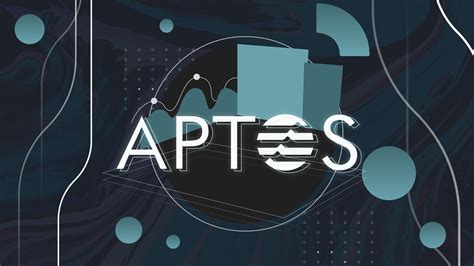Tokenizing the Future: Understanding Crypto Fees and Tokenomics in Digital Asset Management
The world of cryptocurrency has grown into a multi-billion dollar market in just a few short years, with new coins and tokens being launched at an unprecedented pace. However, as the ecosystem continues to grow and mature, one critical aspect remains under-researched: cryptocurrencies and tokenomics.
What are crypto fees?
Cryptocurrency fees refer to the fees associated with transactions on blockchain networks, such as transaction processing, confirmation, or settlement. These fees can be paid in a variety of forms, including a fixed rate per transaction (taker fee), an application fee for deploying a smart contract (giver fee), and a network fee that covers the cost of maintaining a decentralized network.
Tokenomics: The Mathematics of Blockchain

Tokenomics is the study of how tokens are created, distributed, and used within a blockchain-based ecosystem. It involves analyzing factors such as supply and demand, token distribution, governance models, and use cases to understand the underlying mechanics of a particular cryptocurrency or token. By applying the principles of tokenomics, developers can create more efficient, effective, and sustainable blockchain projects.
Digital Asset Management (DAM): A Key Player in Cryptocurrency Fees
As cryptocurrency fees continue to rise, digital asset managers play a key role in reducing these costs for traders, investors, and users. DAM solutions enable the management of cryptocurrency portfolios, tracking assets, and optimizing trading strategies through advanced analysis and risk management tools.
Key Components of Tokenomics: Understanding Cryptocurrency Fees
- Supply and Demand: The relationship between a token’s price, supply, and demand determines the value of a particular token.
- Token Distribution: The way tokens are distributed among users, investors, or projects affects their scarcity and utility.
- Governance Models: The structure of token holders’ voting rights on project decisions shapes the distribution of benefits and costs.
- Use Cases: The way tokens are used in different contexts (e.g., gaming, social media) affects their adoption, demand, and price.
Cryptocurrency Fees: A Growing Concern
As crypto assets continue to gain mainstream attention, so too do the associated fees. The growing number of transactions, deployments of smart contracts, and decentralized applications have led to rising transaction processing costs. To mitigate these costs, many projects are exploring alternative fee structures, such as:
- Low-Fee Blockchains: Blockchain networks like Polkadot and Solana aim to reduce gas fees through parallel processing and optimized network architecture.
- Token-Based Solutions: Some projects have introduced token-based fees for deploying smart contracts or managing assets, offering a more flexible alternative to traditional transaction costs.
Conclusion
In the world of cryptocurrency, understanding crypto fees and tokenomics is key to creating sustainable, efficient, and scalable blockchain ecosystems. By understanding these fundamental concepts, developers can create more effective DAM solutions, optimize the performance of their projects, and ultimately drive adoption in the industry. As the space continues to evolve, it will be essential to monitor and adapt to new trends, technologies, and fee structures that shape the future of crypto fees.
Recommended Reading:
- “The Rise of Tokenomics” by Andreas Antonopoulos
- “Blockchain Fees: The Growing Interest in Decentralized Networks”
- “Digital Asset Management 2.0: The Future of Crypto Portfolios”
Stay ahead of the curve and stay informed about the latest developments in crypto fees, tokenomics, and digital asset management!